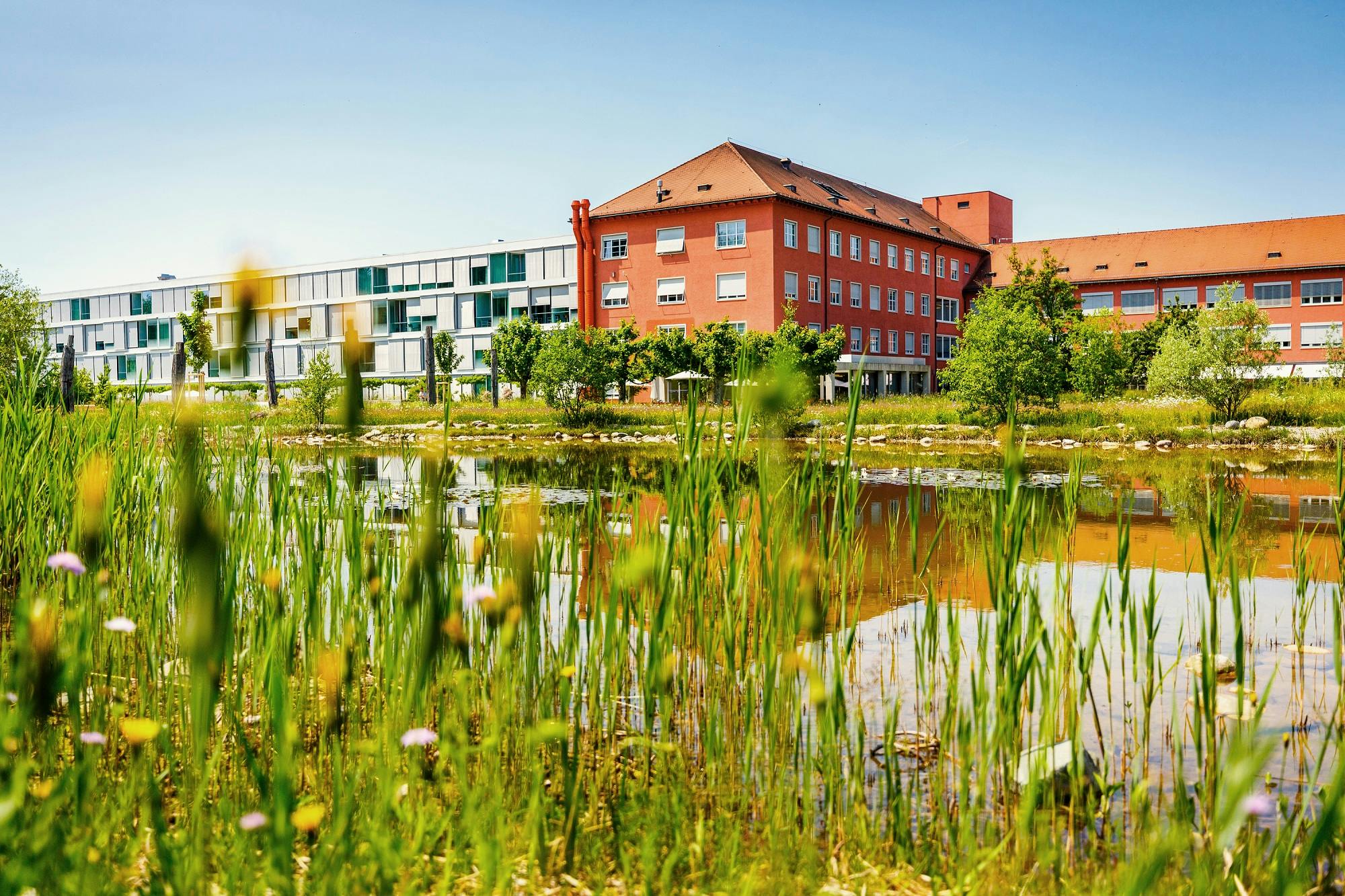BreastCentre Zurich
Breast cancer, also known as mammary carcinoma, is a malignant change in the breast. In Switzerland, between 6,000 and 7,000 women are affected every year, making it the most common malignant disease in women.
Breast cancer usually develops by chance. Smoking, obesity and lack of exercise are proven risk factors. However, some types of breast cancer are also caused by genetic changes, which we can detect with a blood test. Fortunately, breast cancer is also the most treatable form of cancer. Thanks to improved diagnostic measures and treatment options, the survival rate has improved significantly, especially for younger women. At the same time, the quality of life during and after medical treatment has also improved. There is no one type of breast cancer, but rather different types of breast cancer that behave differently in their growth. Most are not very aggressive in their growth. Today, therapy can therefore be precisely customised to the individual breast cancer. Precise examinations and knowledge of the biology of the breast tumour are required in order to plan an exact procedure and the best possible therapy. We are on hand to advise you and discuss the best possible treatment.
Tumour characteristics
Tumours
In addition to the actual breast cancer, the invasive cancer, there is also a precancerous stage. This precancerous stage is called "in situ" (ductal carcinoma in situ, DCIS for short), as it only grows in the milk ducts and does not spread into the body. Both the precancerous stages and the invasive tumours are further classified by histological examination and differ in their type of growth.
Hormone receptors
Most types of breast cancer have so-called hormone receptors. There are two of these, the oestrogen receptor and the progesterone receptor. This means that the growth of cancer cells in these cases is stimulated by the sex hormones oestrogen and progesterone. A fine tissue examination (histology) can determine whether a tumour has such hormone receptors.
If the hormone receptor status is positive, then docking sites, so-called receptors for oestrogen and progesterone, can be found (ER+ and PR+). If the hormone receptor status is negative, then neither oestrogen nor progesterone receptors can be found (ER- and PR-). Different receptors are also possible (e.g. ER+ and PR-).
Rule of thumb: If a tumour has such receptors, it is usually easy to treat. Patients receive the following after surgical therapy
HER2 status
HER2/neu (Human Epidermal Growth Factor Receptor2), also known as ERB2, is another docking site (receptor). This is a receptor that is found on the surface of normal body cells, but also on breast cancer cells. This receptor can be elevated in certain tumours. This is referred to as overexpression of the HER2 receptors. A tumour is described as HER2-positive if very high levels of HER2/neu receptors have been detected on the tumour cells.
- 0 or 1+ = negative result, no overexpression of HER2 receptors
- 2+ = weak overexpression, further testing recommended for clarification
- 3+ = strong overexpression
Rule of thumb: Patients with positive HER2 receptors are recommended therapy with specialised antibodies against these receptors. As a rule, this antibody therapy is combined with "reduced" chemotherapy and is usually well tolerated and effective.
Grading
Grading determines the degree of maturity (degree of differentiation) of the tumour cells. The degree of maturation provides information on how quickly the tumour is likely to grow.
The tumour is classified into three stages:
- G1: The tumour cells are well matured/differentiated (the tumour grows slowly).
- G2: The tumour cells are moderately mature/differentiated (the tumour grows somewhat faster).
- G3: The tumour cells are barely mature/differentiated (the tumour grows faster).
Another way of categorising growth is to determine the proliferation rate, known as Ki67.
Rule of thumb: The higher the grading and the higher the Ki67 value, the more sensible the treatment with chemotherapy, which then combats the rapidly growing cells.
Lymph nodes
Some types of cancer can also spread. In the case of breast cancer, the cells can migrate via the lymph channels to the axillary lymph nodes. It is therefore important to examine the lymph nodes, as the therapy will be adapted if the cancer has spread to the armpit.
Metastases
Aggressive types of cancer can also spread to other organs and form so-called metastases. The liver, lungs or bones are most frequently affected. Such metastases are very rare in most tumours. Even if they do occur, they are often easy to treat.
TNM classification
The TNM classification is used to describe breast cancer.
- T: Tumour size and local extent of the tumour
- N: Extent of lymph node involvement (nodus: Latin for node)
- M: Presence of metastases (offshoots of the tumour) in other organs
Contact / Registration
Monday to Friday:
8.00 - 16.00Standort Spital Zollikerberg
Fachärztezentrum Prisma
Trichtenhauserstrasse 12
8125 Zollikerberg


